A few years ago, when I was hiking with my husband Tony on Hidden Lake Trail in Glacier National Park, we stopped for a break near the crowded halfway overlook. Scanning the terrain above the lake, we spotted an animal running in our direction and immediately realized it was a wolverine.
I fumbled for my camera and fortunately captured a couple shots before it loped out of sight. The crowd on the overlook was excited to see a small black bear.
They are often mistaken for small bears; however, their long bushy tail, blonde facial mask, and blonde stripes running along their sides, which can be prominent to barely visible, identify them as wolverines.
Wolverines are found across a broad swath of montane and boreal forests, tundra, and taiga in Europe, Asia and North America. But across this range, they’re nowhere numerous. In the contiguous United States, they live at high altitudes in alpine vegetation and above the tree line. They do venture to lower elevations on occasion, usually for food.
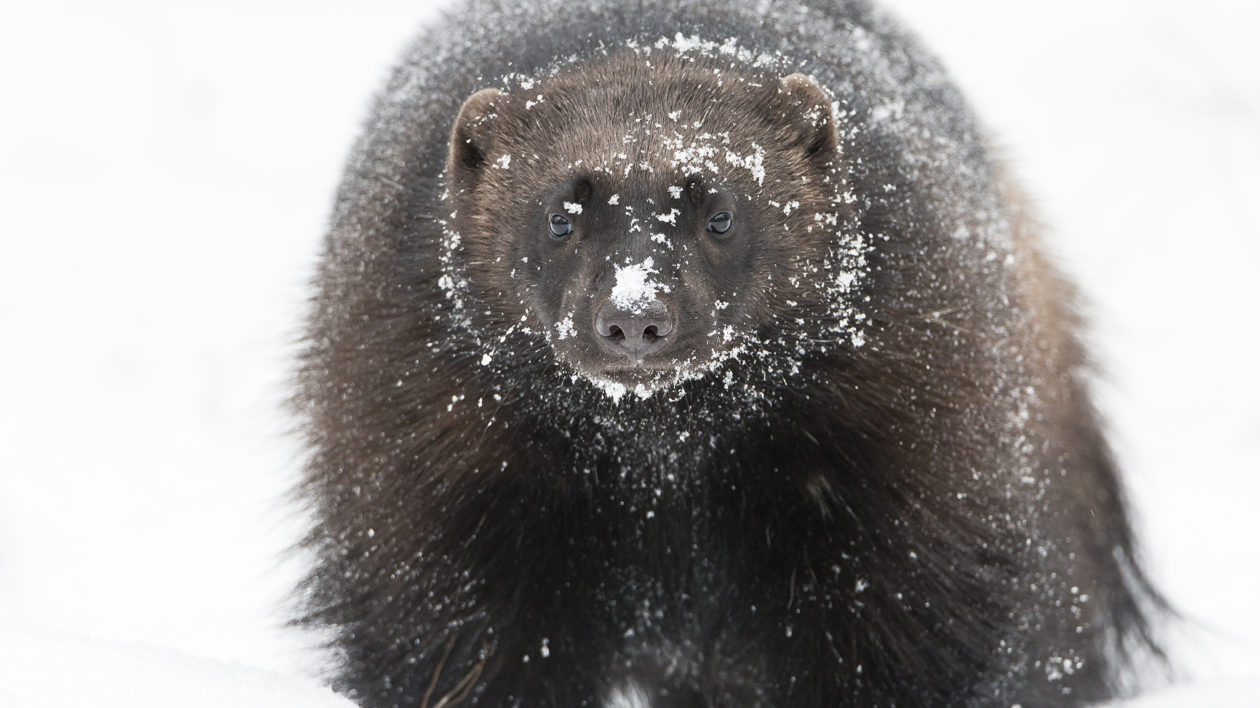
Getting to Know Gulo
One of the highlights of my career in wildlife biology was working with wolverines (Gulo gulo) on a study in central Idaho. Wolverines are the largest terrestrial member of the Mustelidae family, which includes weasels, minks, martens, fishers, badgers, and otters.
They are intensely curious, which is beneficial for a generalist that will eat anything from bugs to bones. They are clever, tenacious, resilient, and energetic.
The Idaho study was conducted by Jeff Copeland of Idaho Department of Fish & Game, now with The Wolverine Foundation. It was in its third year when I arrived and met Beth Bratley and Sparky Easom, the heart and soul of the field crew.
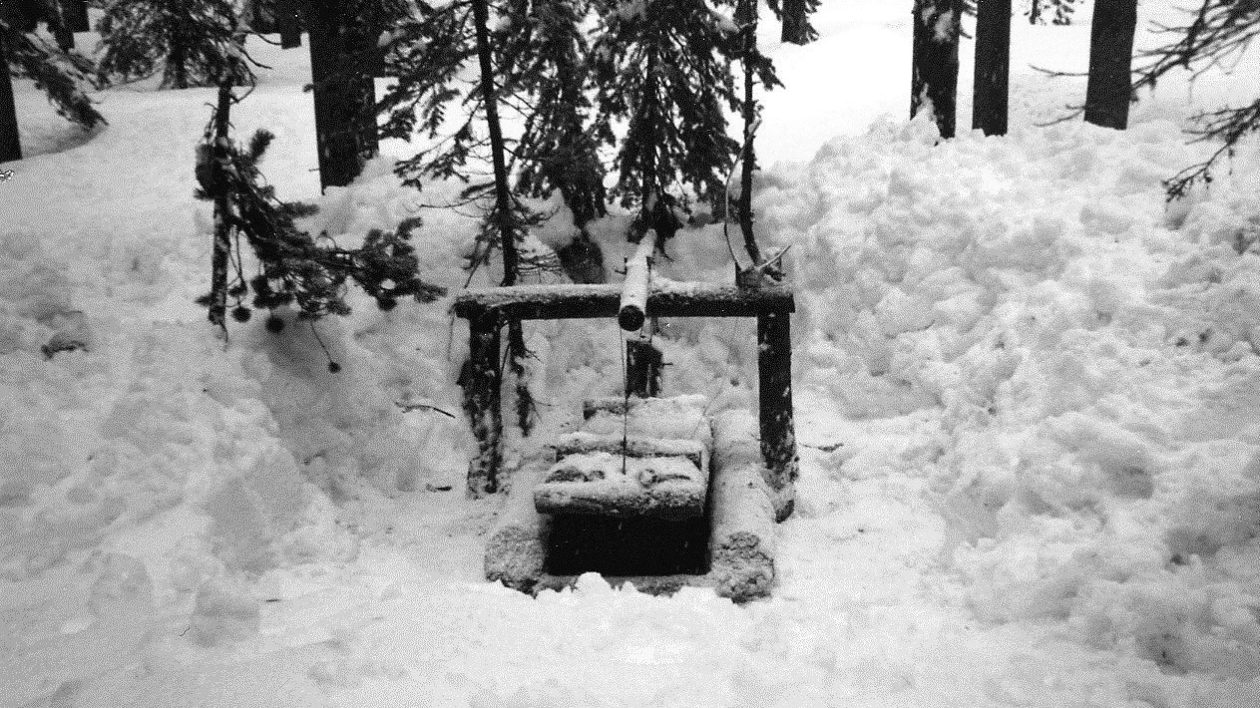
For a couple of weeks, we shoveled several feet of snow away from the traps, which looked like small log cabins. To attract our quarry we secured hanging bait, usually road-killed deer or elk, which wafted some good strong stink out on the air, to a tree branch above each trap. Also, remote cameras were set up at each trap.
For a couple of weeks, we regularly received a “trap closed” signal, which was cause for excitement. However, when arriving at the trap we would find a non-target critter in the trap.
We had cues for different animals that might be detained – if it’s quiet then it’s a red fox, a scampering sound indicated an American marten, growling meant gulo.
These cues weren’t 100% foolproof. Once when checking a very quiet trap, I assumed a fox was inside. When I peeked through a gap under the lid a marten hit the gap hissing and chattering at me. I jumped back about five feet and looked around, even though I was alone, to confirm no one saw my silly maneuver. The marten kept up its bluff until I lifted the lid. Out it came acting like the mustelid king of the forest.
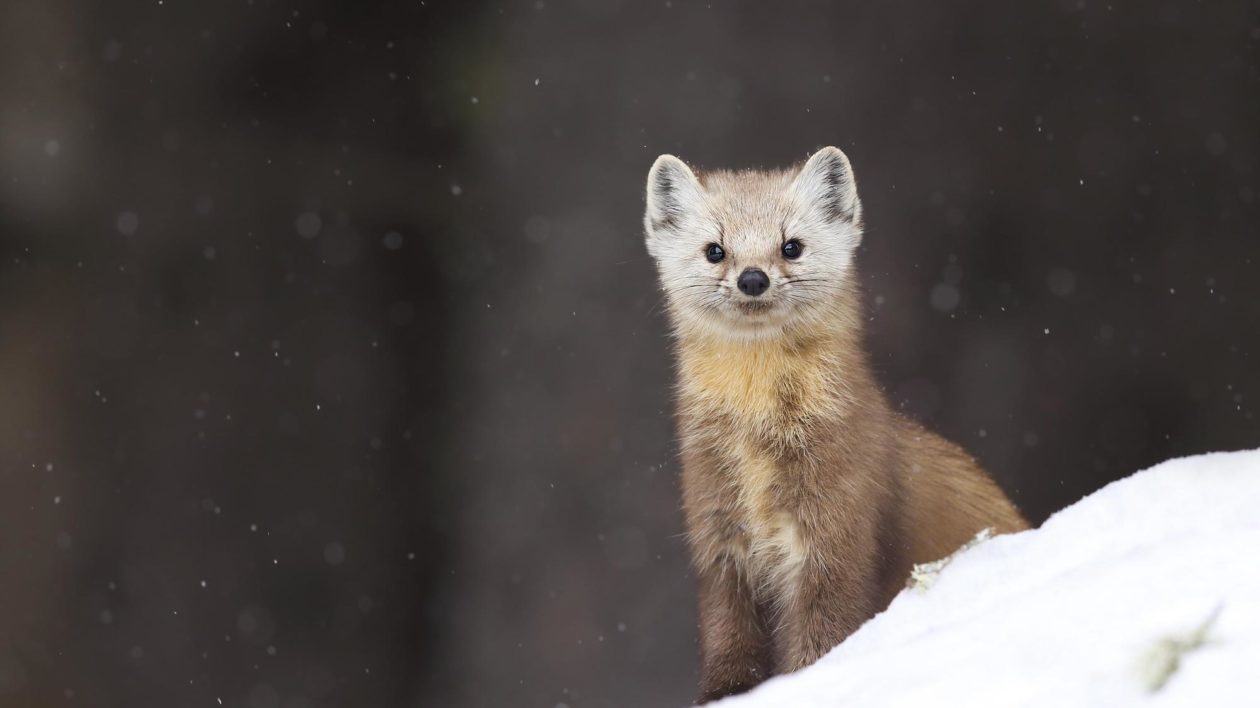
Clever and Tenacious
During these trap checks we often found huge five-toed, plantigrade tracks coming and going from the forest. Drag marks often accompanied the retreating tracks and the remote camera photos confirmed a wolverine had emphasized its superior cunning and scavenging skills by removing our thoughtfully positioned hanging bait.
The thief ran our trapline taking advantage of “free” food, which only required climbing a tree to acquire. Wolverines are excellent climbers. After running our trapline for what seemed like forever, we finally caught him.
Our trapline thief was identified as M333, a male trapped and tagged two years prior. Because their neck is bigger than their head, wolverines could and would pull off collars; therefore, transmitters were surgically implanted in their abdomen by the state veterinarian. The surgery was efficient, taking about 20 minutes. This method proved to be very successful – the animals tolerated the surgery well and acted like they had a bandage put on a paper cut.
After completing the surgery and taking measurements M333 was put back in the trap to “sleep it off.” When growling and fussing around started emanating from the trap, we gathered behind it and lifted the lid. M333 took off like greased lightning, but stopped a short distance away to take a snow bath and scrutinize at us for a few minutes. We took advantage of this rare moment to snap some photos.
We trapped a total of 19 individuals including M333; some were recaptures and a few were new to the study.
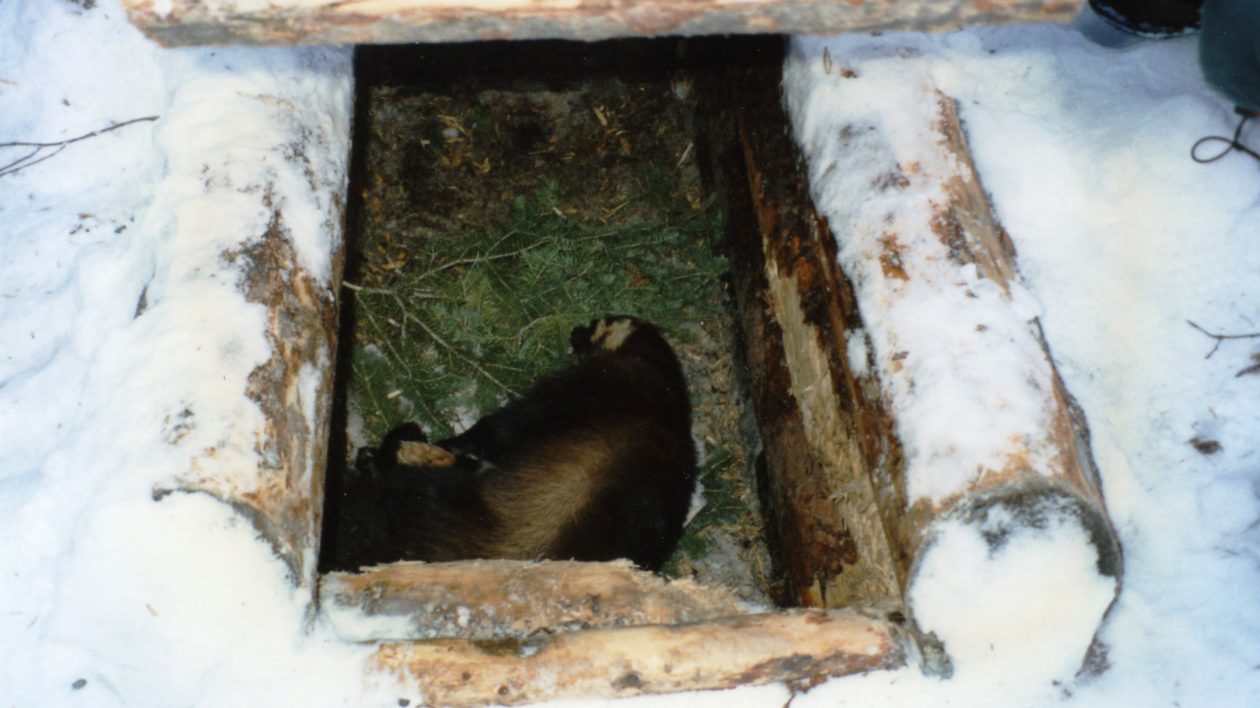
Resilient and Energetic
Wolverines can cover some ground with their steady, effortless lope. Three of the young males each traveled more than 120 miles from the study area, possibly looking to settle their own territory. Others have been documented traveling more than 180 miles. On average, if they aren’t parked on a carcass, they travel about 15 miles a day. Males typically travel greater distances than females.
To keep track of the animals, we located them by ground (truck and snowmobiles) and, if weather allowed, by air in a small fixed-wing plane.
One young male, M685, was trapped north of Fairfield, Idaho, in the Smoky Mountains. He was located about a month later in Adams Gulch, north of Ketchum, Idaho, about 25 miles as the crow flies from the trap site.
M685 had been in Adams Gulch for several days, so I volunteered to go see what was keeping him there. Robin Garwood, the wildlife biologist for the Sawtooth National Recreation Area, joined me on this adventure.
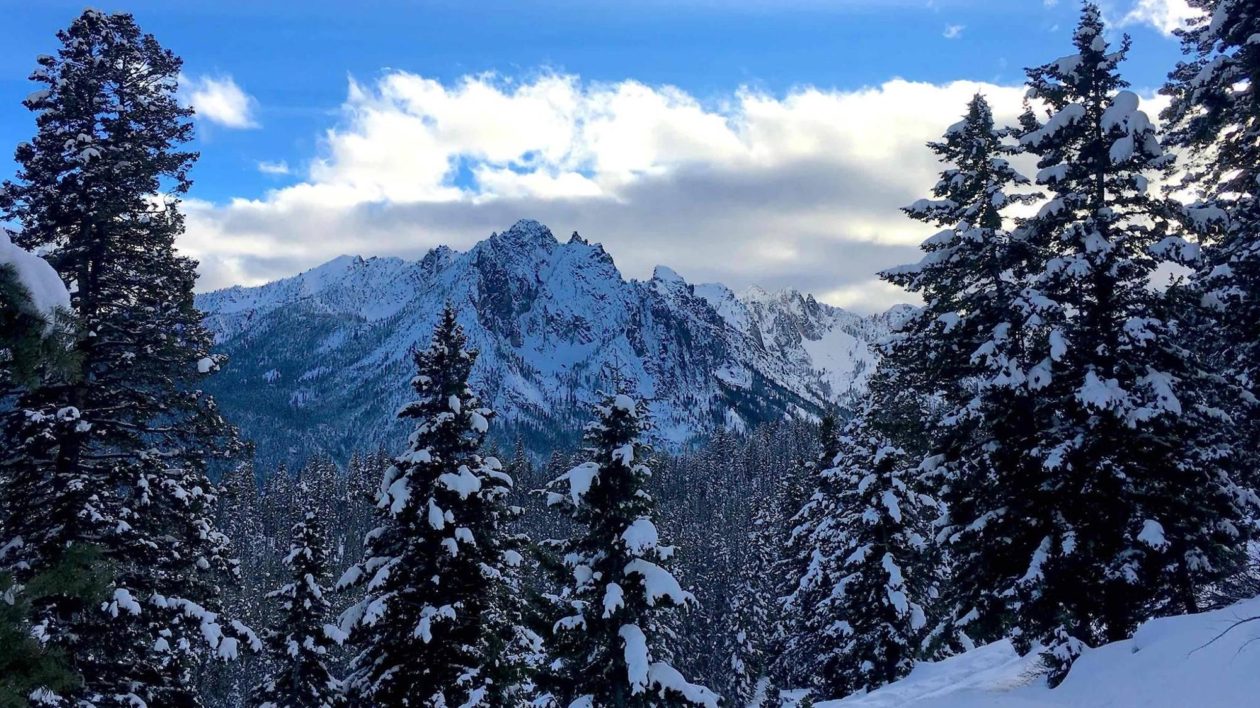
We traveled about three miles into Adams Gulch following the beep of the receiver until we came to an intersection with two smaller canyons. The beep indicated M685 wasn’t far in front of us so we stopped for a quick snack. When I put the receiver back up the beep was behind us! We backtrack on our trail where we found M685’s tracks making good use of our nicely packed ski trail. He trotted along the trail for about a half a mile then took off uphill.
Shedding our skis and strapping on snowshoes we hiked uphill 100 yards or so where we found a den deep in the snow and a “picnic area” with bits of blood and bone.
Backtracking M685’s tracks down into the creek bottom we found an elk carcass he had uncovered under at least four feet of snow. He had been feeding off the elk, taking chunks up to his den. He remained in the gulch for a few more days before moving on.
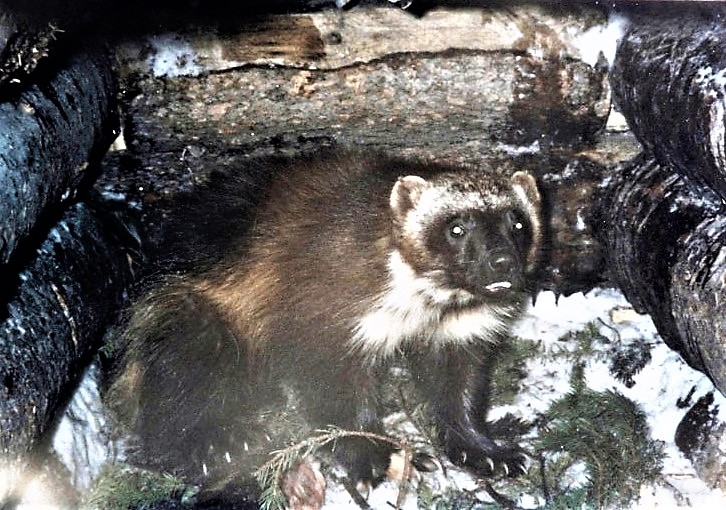
During one of the weekly monitoring flights, I watched one of the tagged males on a ten-thousand-foot pass in the Sawtooth Mountains. He was at the edge of a snowfield near some trees playing with what appeared to be a large elk leg bone. He flipped it up in the air and caught it a few times, before effortlessly bounding his way over the pass and into the next drainage.
I had many wonderful and fascinating days working on this project, I would do it again in a heartbeat.
In the lower 48 states the population is estimated to be about 300 animals. A back-and-forth tug-of-war for listing wolverines under the Endangered Species Act has gone on for over 10 years. Currently they are listed as a candidate species, which provides some protection while their status is reviewed.
Historically, about twenty states claimed a wolverine presence but today Idaho, Montana, Washington, and Wyoming are the only four outside Alaska that still harbor small populations.
Your best opportunity in the lower 48 to catch a glimpse of one of these awesome creatures is in Glacier National Park.
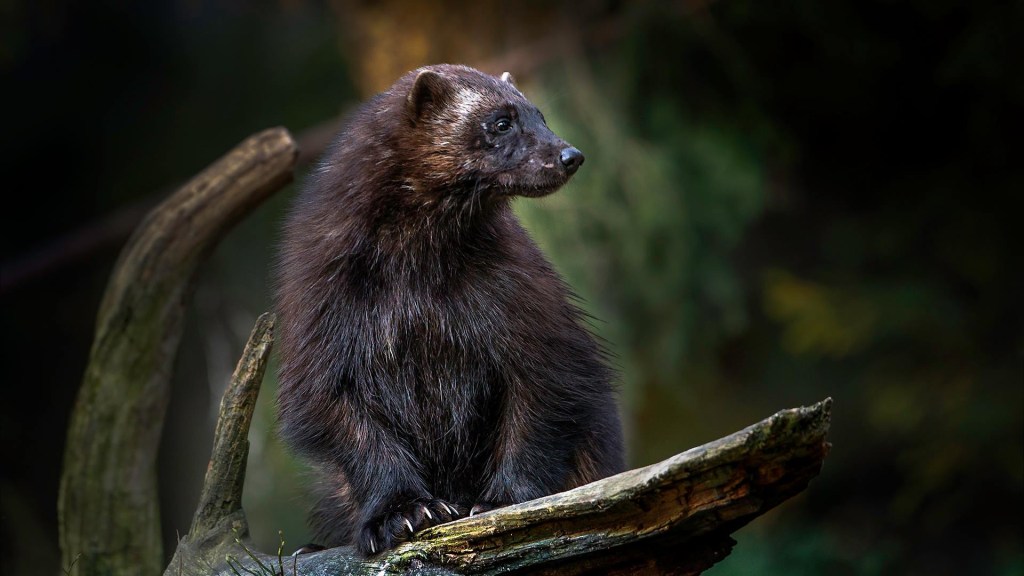



Just wanted to share the facebook group we have for all fans/biologists for mustelids! The group is called Mighty Mustelids!
https://www.facebook.com/groups/231432608776055